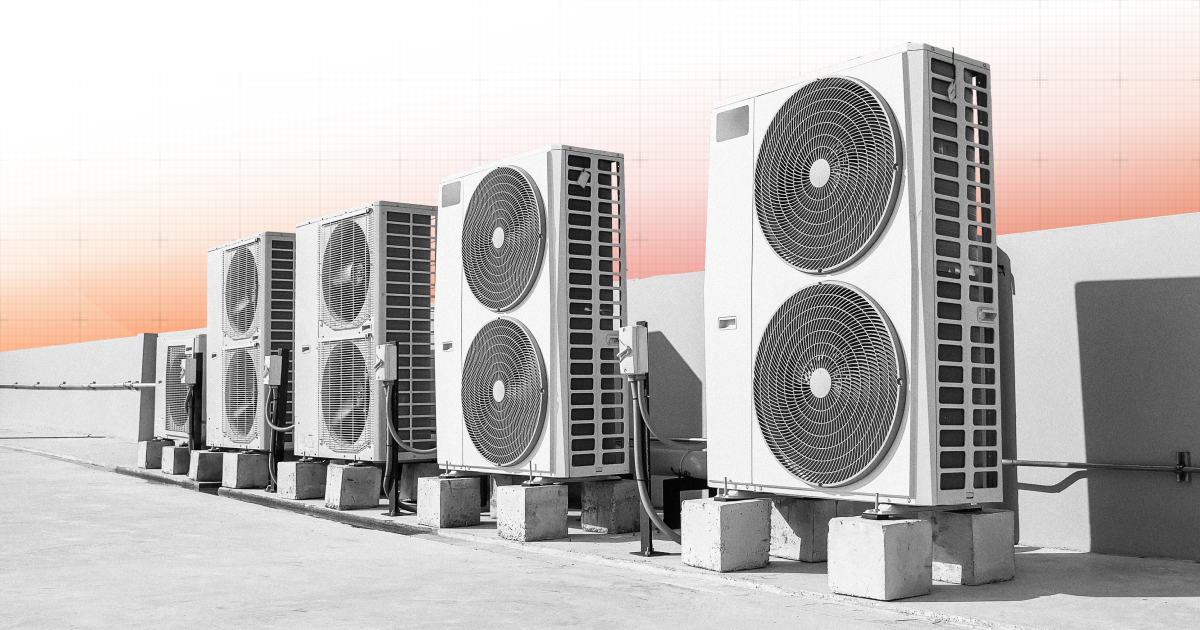What Does the Inflation Reduction Act (IRA) Mean for State and Local Governments?
State, local, and tribal governments in the U.S. are at war against climate change and the cost is not only in state revenue but in lives lost. Kentucky saw a historically tragic flash flood with at least 37 fatalities, and deadly heat waves hit 37 cities across the U.S., contributing to more than 3.9 million acres of land burned this year.
According to an assessment completed earlier by the Office of Management and Budget (OMB), inaction against the effects of climate change could result in a $2 trillion yearly federal revenue loss by the end of the century. The cost in terms of infrastructure, health, and lives fall nothing short of tragic. At the front line of this fight against climate change are state and local governments. Luckily, the Inflation Reduction Act could help significantly bolster state and local governments, especially where they need it most- their low-income and disadvantaged communities.
Here are five key takeaways regarding the implications of the Inflation Reduction Act for state and local governments, as well as the communities they serve:
1. Reducing where it is most needed
Many sections of the Inflation Reduction Act require state and local governments to address how their use of funds will reduce emissions and/or support climate resiliency in underserved communities. Underserved communities have a higher likelihood of being negatively affected by climate change and tend to have less ability to combat its costly impact.
2. Greening the supply chain
Section 60111 of the inflation act will give a $5 million boost to the Environmental Protection Agency (EPA) to help enhance and standardize corporate climate action plans. Should the EPA decide to apply more rigor to greenhouse gas emissions inventories, particularly Scope 3 emissions, this will allow for greater reporting and useful information sharing. State and Local governments are massive procurers of purchased goods and services- being able to get their supplier data from corporations will allow them to make more sustainable purchasing decisions, which will not only reduce the agency’s emissions but also press corporations to reduce their own emissions in order to best support agencies’ sustainability initiatives.
3. Funding to reduce greenhouse gas emissions at ports
Section 60102 provides for $3 billion in funding for reducing emissions at ports through the purchase of zero-emission port equipment and supporting ports in developing a climate action plan. Nearly 80% of the 59 ports being tracked by the EPA have not published an emission reduction target. Lowering port emissions should be top of mind for many state and local governments when considering the impact these emissions have on near-port communities. Greenhouse gas emissions associated with ports can cause an increase in premature deaths, respiratory illnesses, and cancer. Near port communities tend to be underserved communities that fall below the median household income and lack resources to combat the negative impacts of these emissions.
4. Funding to address air pollution at schools
Section 60106 provides $50 million in funding to monitor and reduce air pollution and greenhouse gas emissions at schools in low-income and disadvantaged communities. Nearly $8 billion is spent annually by k-12 school districts on energy costs, making this the second largest expense next to teachers’ salaries. Implementing more efficient and sustainable energy solutions could greatly reduce this cost over time.
Additionally, implementing electric buses as part of an emissions reduction plan would not only lower emissions but reduce health issues for children in these districts. The EPA has determined that pollutants from diesel are associated with an increased risk of asthma and respiratory and can worsen heart and lung disease. Children in densely populated low-income areas are exposed to greater amounts of these pollutants while buses idle at bus stops, boarding and de-boarding the bus, and at traffic stops.
5. Funding for greenhouse gas emissions reduction plans
Section 60114 provides $5 billion for greenhouse gas air pollution tracking and reduction planning available to state, local, and tribal governments. The Inflation Reduction act further promises to issue a grant to at least one eligible entity in every state. Currently, 33 states have released or are in the process of creating a climate action plan. Grants provided for every state will allow state, local, and tribal governments to create for the first time or possibly update their existing greenhouse gas air pollution tracking and/or reduction plans. Having a plan in place to include a detailed greenhouse gas inventory consisting of quality data will allow states to better determine carbon emission intensive areas. Armed with data, these government entities will be able to more appropriately allocate current and future funding for green initiatives where they matter the most and have the largest impact.
The implications of the IRA state, local, and tribal communities are still to be seen - but imagine a world with cleaner air, less asthma, less cancer, healthier ecosystems, and fewer deaths in extreme weather events.




.png)
